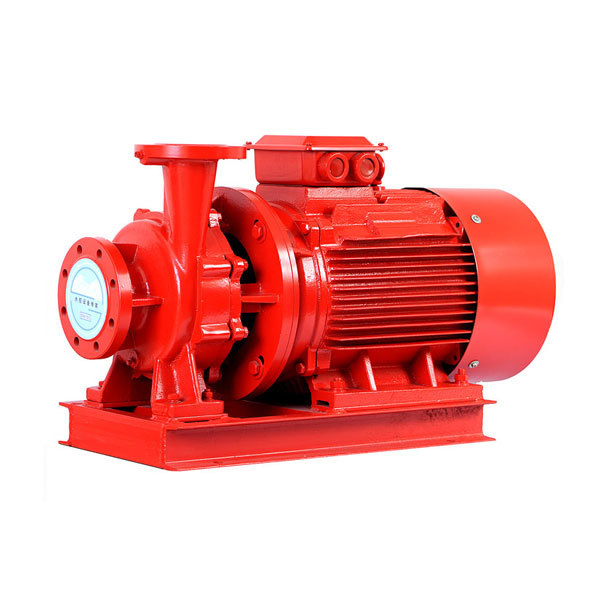TEL: +86 15587495056
How does the fire pump work?

A fire pump is an essential component in the firefighting process as it provides high-pressure water flow to extinguish the fire. Here’s how a fire pump typically works:
- Water source: A fire pump is connected to a water source, such as a municipal water supply, a natural water source, or a dedicated fire water storage tank.
- Intake: The water from the source is drawn into the fire pump through an intake hose, which is typically located in a fire hydrant or a water source that is closest to the fire.
- Impeller: The impeller is the rotating component of the fire pump that is responsible for drawing water into the pump and increasing the water pressure. As the impeller rotates, it creates a low-pressure area that draws water from the intake hose.
- Pressure: The water is then forced through the pump and discharged at high pressure through a discharge hose or fire hose. The pressure is typically controlled by a pressure relief valve, which maintains a constant pressure while preventing damage to the pump and hoses.
- Nozzle: The water flow is directed by a nozzle at the end of the hose to extinguish the fire. The nozzle can be adjusted to create different spray patterns, depending on the fire’s size and location.
In summary, the fire pump works by drawing water from a source, increasing the water pressure, and directing the high-pressure water flow through a nozzle to extinguish the fire. It is a crucial component in firefighting operations as it allows firefighters to deliver water to the fire quickly and effectively.
